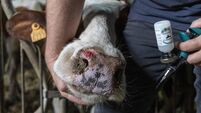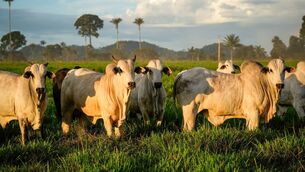Robotic milking has everyone animated
DeLaval have also entered the market, with their voluntary milking system, recently launched in Cork by Tom Harte Farm Services.
Nearly 700 visitors had a preview of the VMS system at the Tom Harte dealership, before it too was displayed at the Ploughing.










